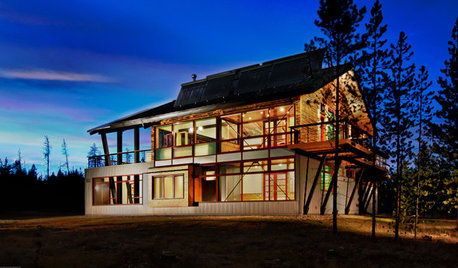Question about Jumbo Bulbs (Hippeastrum)
hippeastrumadmirer
12 years ago
Related Stories

GREEN BUILDINGZero Net Energy: A Hardworking-House Term to Know
Homes that consume only as much energy as they produce by renewable means are a goal for builders. Learn what ZNE means for you
Full Story
BATHROOM DESIGN4 Secrets to a Luxurious Bathroom Look
Give your bathroom a finished feel with a few splurges and budget-stretching moves
Full Story
ORGANIZINGHow Much Stuff Is Enough?
Play the numbers game to streamline your belongings, for a neater home and a less-stressed you
Full StoryMore Discussions






haweha
joshy46013
Related Professionals
Clearlake Landscape Contractors · El Mirage Landscape Contractors · Englewood Landscape Contractors · Long Beach Landscape Contractors · Lynn Landscape Contractors · Mount Sinai Landscape Contractors · Palm Beach Gardens Landscape Contractors · Paramount Landscape Contractors · Pompton Lakes Landscape Contractors · San Benito Landscape Contractors · Wells Landscape Contractors · West Chicago Landscape Contractors · East Norriton Landscape Contractors · San Pablo Landscape Contractors · Fontana Swimming Pool Buildershaweha
bronxfigs: New York City/7b
jodik_gw
haweha
hippeastrumadmirerOriginal Author
jodik_gw